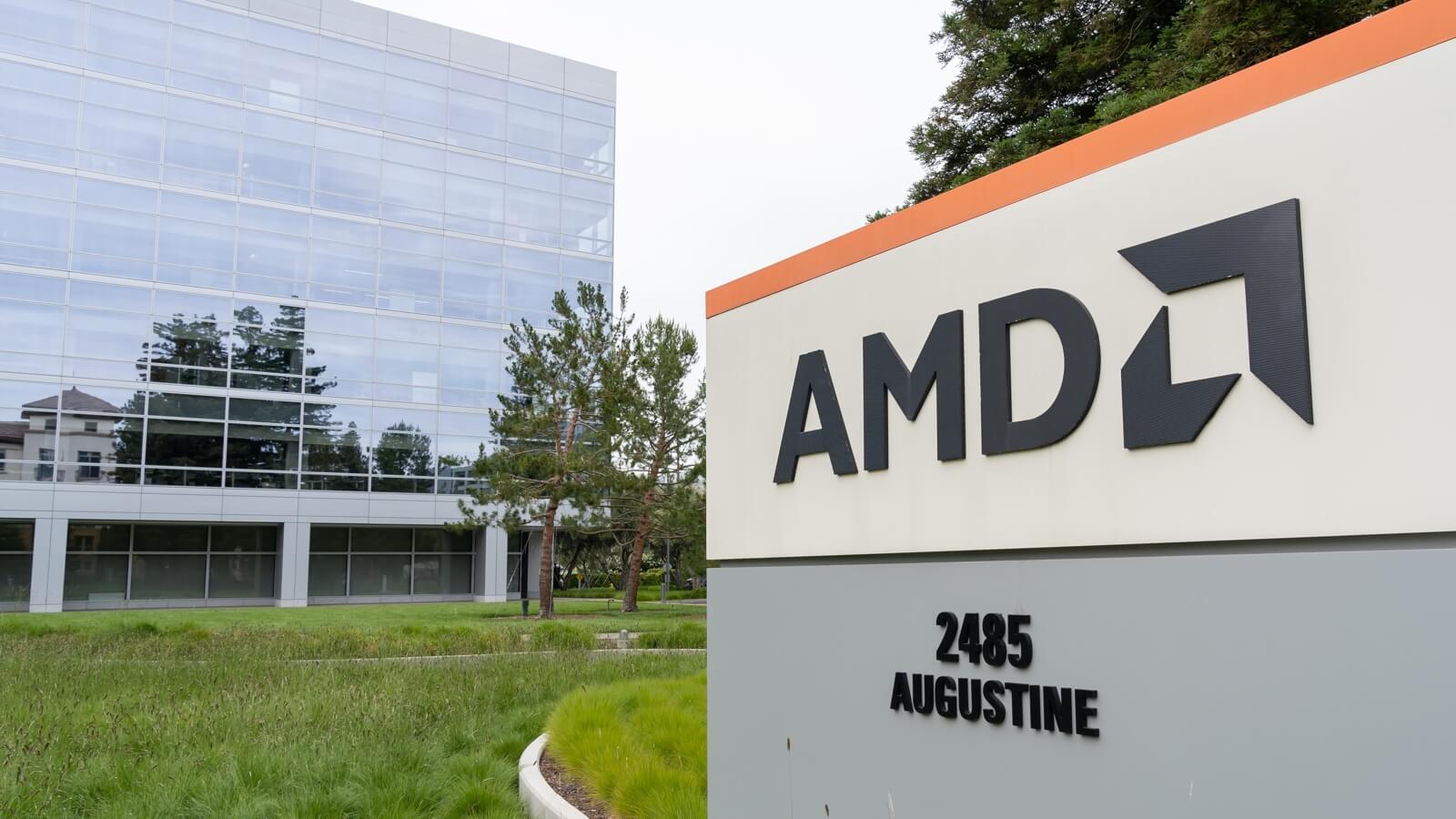The operation strengthens AMD’s software ecosystem for artificial intelligence, enhancing inference performance and solidifying its long-term strategy against competitors like NVIDIA.
AMD has taken a new step in its strategy to lead artificial intelligence computing by announcing the acquisition of Brium, a company specializing in compilers, execution frameworks, and inference optimization for AI models. The goal is clear: to consolidate an open, powerful, and flexible ecosystem that allows developers to deploy AI solutions more efficiently, regardless of specific hardware.
A more agile and powerful inference stack
The key value of Brium lies in its ability to optimize AI model performance even before execution on hardware, allowing organizations to improve response times, reduce infrastructure costs, and scale more agilely. This approach anticipates one of the major challenges in the industry: how to accelerate the deployment of complex models without relying on closed environments or proprietary solutions.
With this integration, the Brium team will contribute to open-source projects like OpenAI Triton, SHARK/IREE, or WAVE DSL, all aimed at enhancing efficient model execution on AMD Instinct™ GPUs.
A commitment to open and modular AI
The acquisition of Brium is part of a well-defined roadmap from AMD. In recent months, the company has strengthened its commitment to AI software with key acquisitions such as Silo AI, Nod.ai, and Mipsology, focused on improving compatibility, performance, and portability of machine learning models in real-world environments.
Unlike other companies in the sector that opt for closed platforms, AMD seeks to offer the developer community an open and collaborative ecosystem that harnesses the full potential of hardware without being tied to single solutions.
Cross-sector AI: from the lab to industry
The integration of Brium also has a strong practical component. One of its recent achievements was porting the Deep Graph Library (DGL) to AMD Instinct GPUs, facilitating its use in scientific and medical environments. Such contributions demonstrate how technology can adapt to highly specialized sectors like healthcare, life sciences, financial services, or advanced manufacturing.
For AMD, AI is not just a technological race but a transformative tool with a direct impact on multiple business verticals.
AMD as a real alternative in AI
This operation reaffirms AMD’s vision as a strong alternative to other dominant AI platforms. Rather than competing solely in the hardware space, the company aims to excel in what truly matters in the long term: the ability to provide an open, flexible environment for developers who are building the future of AI.
The company sums it up clearly: “This is not a one-time bet. We are building the foundation for the next 10 years of innovation in AI.”
With the rise of new workloads, such as AI agents, generative models, and distributed inference, software is becoming the new battleground. AMD wants to be there, leading with a proposal based on open standards, performance, and community.

